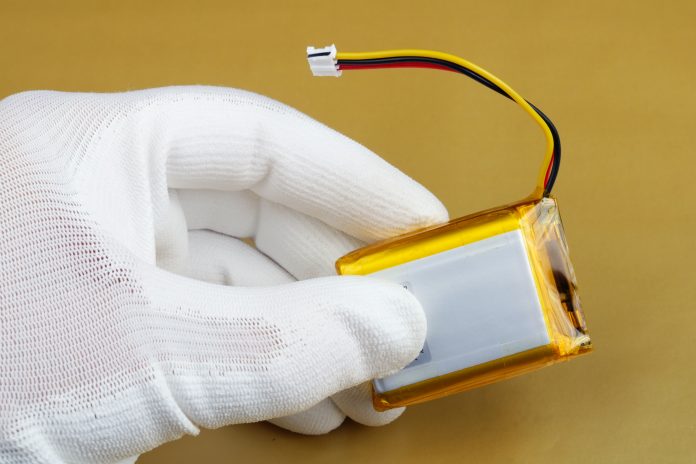Dr Carlos Ziebert, Head of IAM-AWP’s Calorimeter Center, KIT, presents a holistic approach to how battery calorimeters can be applied all along the battery value chain
Last December, the European Commission approved €3.2 billion public support by seven Member States for a so-called IPCEI (an important project of common European interest). This pan-European R&I project supports the development of highly innovative and sustainable technologies in all segments of the battery value chain. One focus area is the development of innovative battery cells and modules that meet the safety and performance requirements of the automotive industry and other application areas (e.g. stationary energy storage and power tools). They should have longer lifetimes and shorter charging times than the currently available batteries and should be safer. However, thermal management and the safety of Lithium-ion batteries are becoming increasingly important with increasing energy density. Therefore, the question arises:
How can the safety of these innovations be guaranteed?
The safety of these innovations can be guaranteed by starting right from the beginning with detailed thermal and safety studies on the materials, components and small-scale cell level to achieve an in-depth understanding of the underlying reaction mechanisms and heat conduction processes. Calorimetry – or the process of measuring heat data during chemical reactions – allows the collection of quantitative data required for optimum battery performance and safety. During the last few years, battery calorimetry has been established as a powerful and versatile electrochemical-thermal characterization technique, which provides a holistic approach for advancements in the thermal management and safety of batteries.
Holistic approach
On the materials and components level, differential scanning calorimetry (DSC) and extremely sensible Tian-Calvet calorimeters can be used to provide thermophysical parameters such as heat capacity or thermal conductivity and to analyse in detail the possible phase transformations and the thermal stability of new materials.
On the small-scale cell level, isothermal and larger-scale Tian-Calvet calorimeters allow the determination of the heat generation during cycling with great accuracy. The thermal runaway, which can be the result of a safety test, can cause an ignition or even explosion of the cell with a simultaneous release of toxic gases. These calorimeters are not designed to withstand such explosions.
Therefore, the next level is robust adiabatic Accelerating Rate Calorimeters (ARCs). Nowadays, these are available from several manufacturers in different sizes – from coin to large pouch or prismatic automotive format and allow the evaluation of thermodynamic, thermal and safety data for Lithium-ion cells on material, cell and pack level for both normal and abuse conditions (thermal, electrical, mechanical).
These calorimeters can be used on the one hand for studies on heat generation and dissipation of Li-ion cells and are typically coupled to a battery cycler to perform the measurements during charging and discharging. By measuring the specific heat capacity and the heat transfer coefficient, the measured temperature data can be converted into generated and dissipated heat data, which are needed for the adjustment of the thermal management. The recorded temperature profile saves as a “fingerprint” for the state-of-health (SOH) and as a fast and reliable method for the characterization of ageing processes.
On the other hand, ARCs allow performing safety tests on cell and battery pack level by applying thermal, mechanical or electrical abuse conditions. A safety test in an ARC is much more sensitive than a hotbox test and reveals the entire process of the thermal runaway with the different stages of exothermic reactions. Moreover, the influence of ageing and operating conditions on cell safety can be addressed in the ARCs. This means that the change in the hazard potential of the cells with an increasing degree of ageing can be quantitatively determined.
Also, such calorimeters allow studying the thermal runaway propagation to develop and qualify suitable countermeasures, such as heat protection barriers, which is currently becoming a very hot topic.
As a result of the different tests quantitative and system-relevant data for temperature, heat and pressure development of materials and cells are provided. These data can be used on all levels of the value chain, from the safe design on materials level up to thermal management and adaption of safety systems or implementation into modelling and simulation tools.
To summarise, sophisticated battery calorimetry allows finding new and quantitative correlations between different critical thermally and safety-related parameters that will help to design safer systems. This information can then be used to define the requirements for cooling and thermal management and adapt them accordingly. The temperature, heat and internal pressure evolution can be studied while operating cells under conditions of normal use, abuse or accidents. If the safety is taken into account all along the value and innovation chain, it is realistic to achieve the project goals by the project deadline of 2031.











